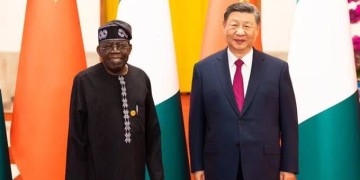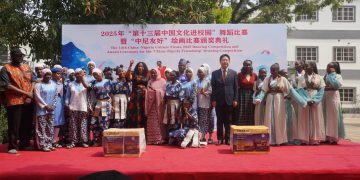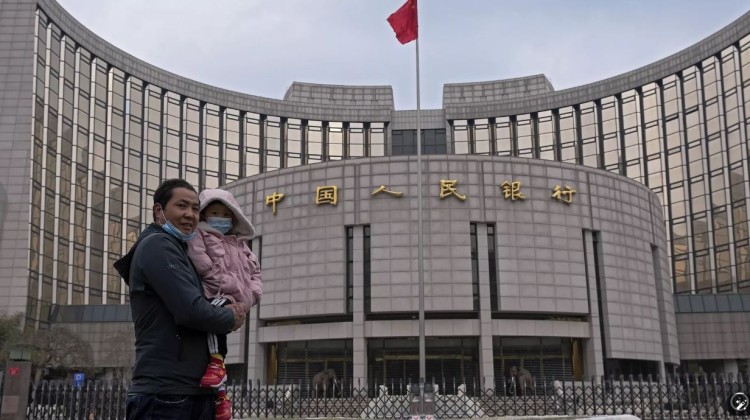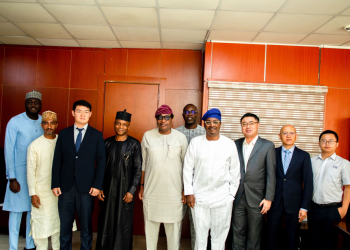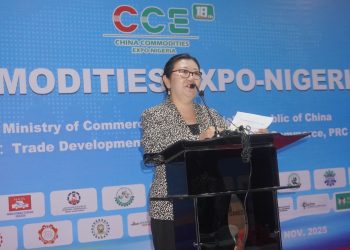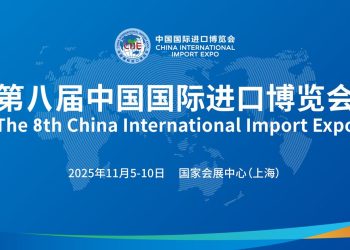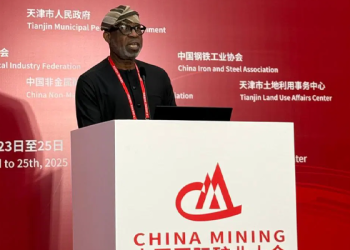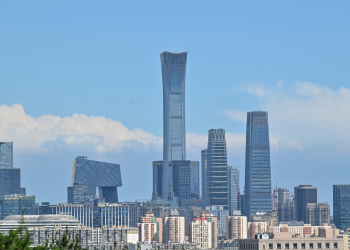In a move reflecting cautious optimism, the People’s Bank of China (PBOC) has decided to keep its one-year and five-year Loan Prime Rates (LPR) unchanged at 3.35% and 3.85%, respectively. This decision follows unexpected cuts in July, where the rates were slashed to record lows in an effort to stimulate the economy.
The LPR serves as a crucial benchmark for both business and household loans, with the five-year rate specifically guiding mortgage lending. Chinese officials view these rates as essential tools for regulating economic activity, aiming to strike a balance between encouraging growth and preventing market overheating.
A Delicate Balance
The PBOC’s decision to maintain the current rates comes amid mixed signals from the economy. Although two consecutive rate cuts were anticipated, regulators deemed them premature, especially in light of recent measures to stabilize the bond market following a frenzied rally last week.
In July, the PBOC had reduced its benchmark rates by 10 basis points, alongside a cut in the seven-day repo rate from 1.8% to 1.7%. These changes were implemented after the Third Plenary Session, a key event that outlines China’s economic development strategy for the next five years.
The bank’s strategy aims to support a growth target of 5% for 2024 while avoiding drastic market reactions. Following the July cuts, government bond yields plummeted to historic lows, partly due to speculative trading.
In a bid to manage the situation, the PBOC recently instructed rural banks to refrain from settling recent government bond purchases, which led to a spike in the benchmark 10-year government bond yield.
Mixed Economic Signals
Despite the challenges, there are signs of a modest recovery. China’s GDP grew by 4.7% in the second quarter, falling short of the anticipated 5.1% and down from 5.3% in the first quarter. However, data from the National Bureau of Statistics indicates a potential uptick in the third quarter, with retail sales rising by 2.7% year-on-year in July, up from 2% in June. This increase suggests that recent rate cuts may have bolstered consumer confidence.
Conversely, industrial output has shown signs of weakness, growing by only 5.1% year-on-year—the slowest pace in four months. This decline reflects ongoing contractions in manufacturing and disappointing export figures.
In July, exports and imports rose by 7% and 7.2% year-on-year, respectively, with imports exceeding estimates while exports fell short.
Future Interest Rate Cuts Expected
Despite the modest improvements, new yuan loans in July dropped by 88% year-on-year to 260 billion yuan (€33 billion), marking the lowest level in 15 years. This significant decline indicates persistent weak credit demand and sluggish domestic consumer spending. Analysts attribute the slow pace of bank lending to regulatory crackdowns aimed at curbing “self-circulating” credit activities, which have undermined the PBOC’s objectives.
Looking ahead, market participants anticipate further reductions in benchmark interest rates this year as the PBOC seeks to bolster economic growth. The global trend of central banks cutting rates is likely to influence this decision, reducing the risk of devaluation for the Chinese yuan.
As China navigates its economic recovery, the PBOC’s careful balancing act will be crucial in fostering growth while maintaining market stability.















